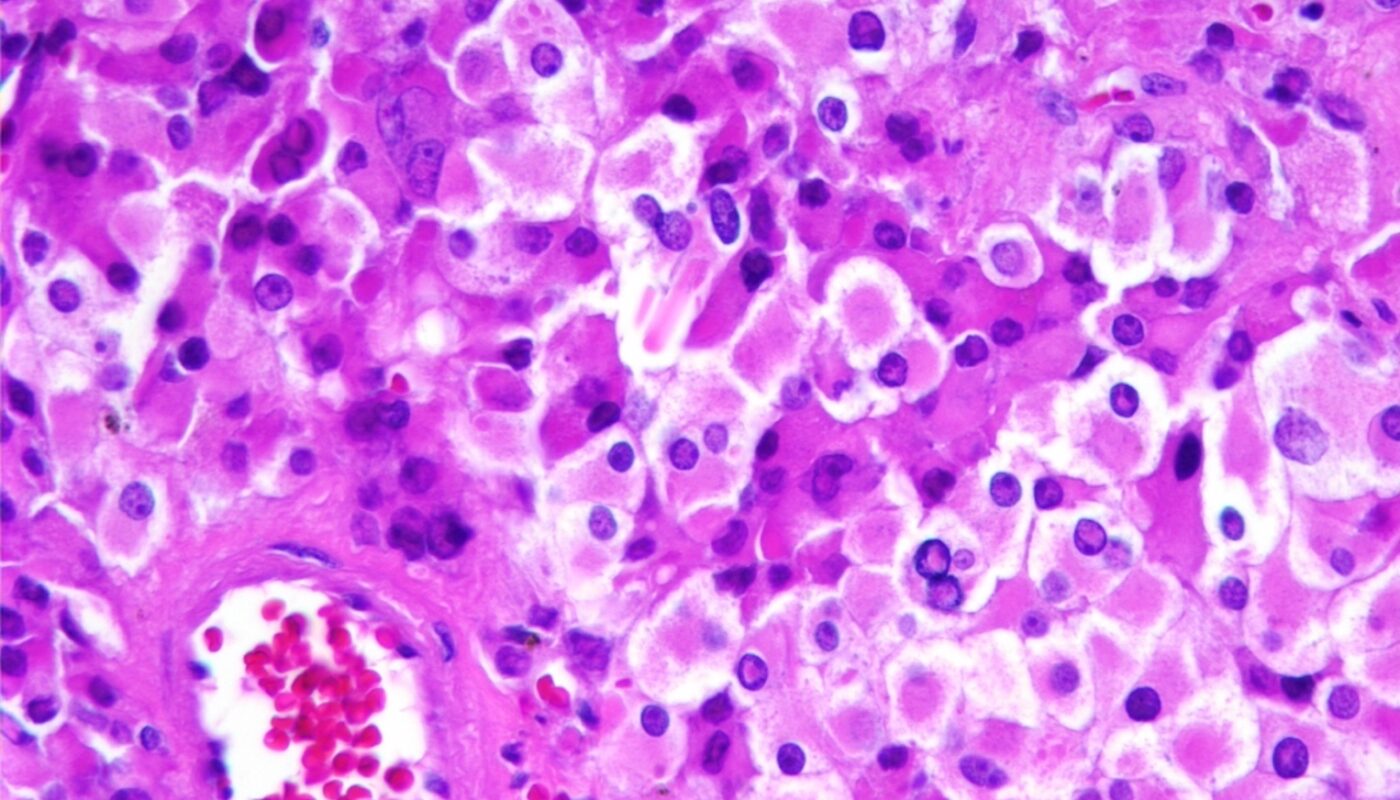A groundbreaking study conducted by medical researchers at Zhejiang University in China has introduced a novel method to utilize cryo-shocked tumor cells for fighting lung cancer. Recently published in the journal Science Advances, the research team employed rapid liquid nitrogen treatment to modify tumor cells, enabling them to serve as carriers for gene-editing tools that combat tumors in experimental mouse models.
The researchers highlighted the immense potential of CRISPR-mediated genome editing tools in cancer treatment. Despite the promise, challenges such as off-target effects and tumor targeting limitations have hindered their effectiveness. In their innovative study, the team devised a strategy to enhance targeting precision by transforming tumor cells into vehicles for delivering gene editing tools.
The process involved cryo-shocking tumor cells obtained from a patient, which entailed swift freezing with liquid nitrogen. This freezing method eradicated their pathogenic properties while preserving their structure and crucially, their surface receptor functions. Subsequently, the CRISPR-Cas9 system was integrated into the cryo-shocked tumor cells, facilitating their migration to the tumor site for targeted ablation.
The efficacy of this approach was validated by extracting tumor samples from lung cancer mouse models, subjecting the samples to cryo-shock treatment, loading them with the CRISPR-Cas9 system, and re-injecting them into the mice. The treated tumor cells successfully navigated to the tumor, releasing the CRISPR-Cas9 system, which then downregulated cyclin-dependent kinase 4, inducing tumor cell death.
Comparative analysis demonstrated that this innovative method outperformed conventional injection of the CRISPR-Cas9 system into tumors, manifesting superior lethality. The enhanced efficacy was attributed to the refined targeting accuracy of the approach. By deactivating tumor cells and leveraging their interaction with active tumor cells via specific receptors, the gene editing system could directly access target cells, while sparing noncancerous cells.
Furthermore, the research team underscored that cryo-freezing cancer cells with liquid nitrogen enabled the cells to conserve their antigens, suggesting potential implications in developing a cancer treatment vaccine. This multifaceted approach showcases promising prospects in advancing the efficacy and precision of cancer therapies.
Note:
1. Source: Coherent Market Insights, Public sources, Desk research.
2. We have leveraged AI tools to mine information and compile it.




